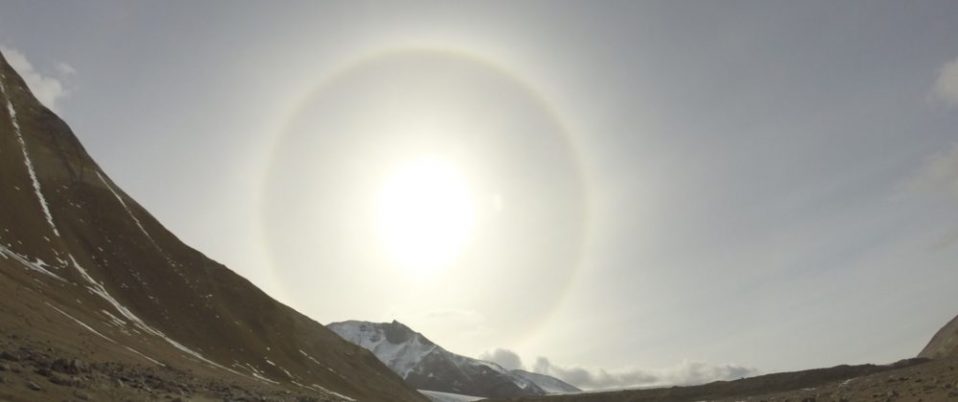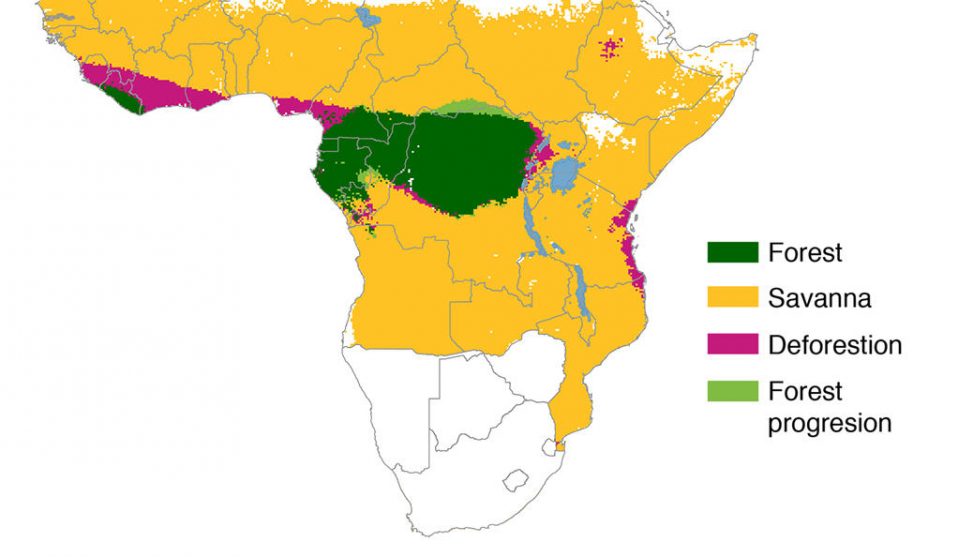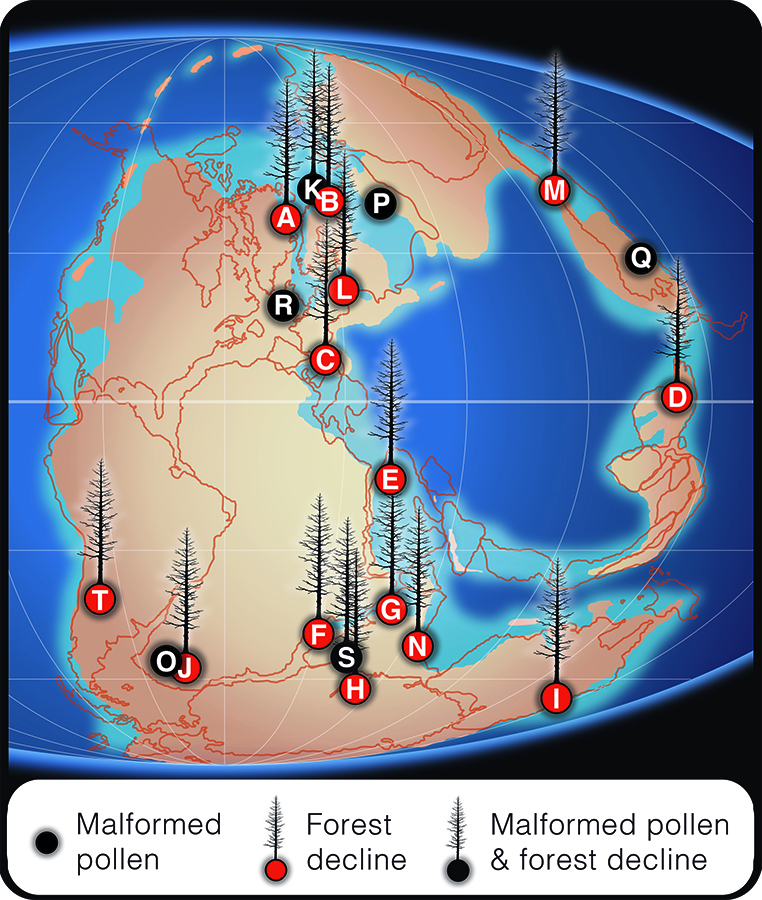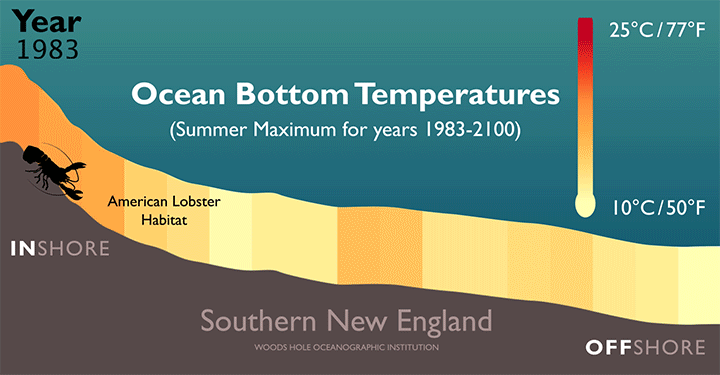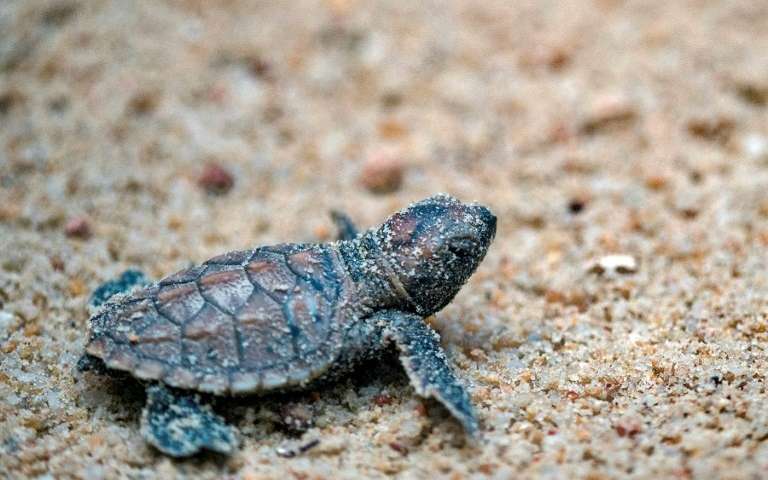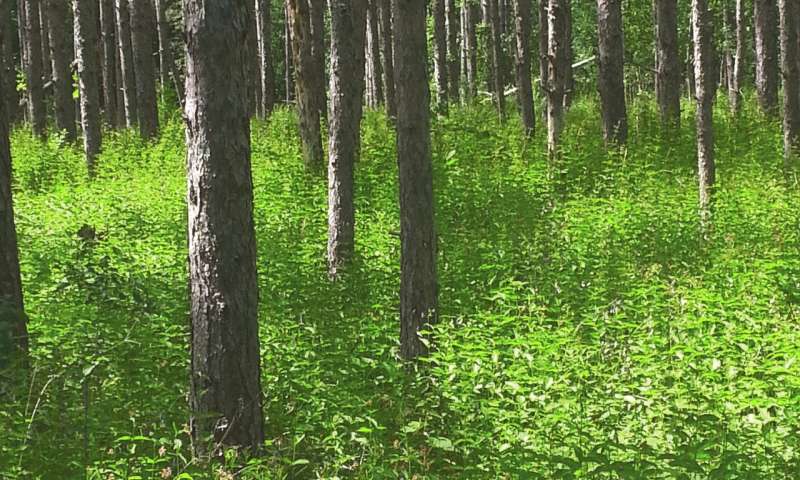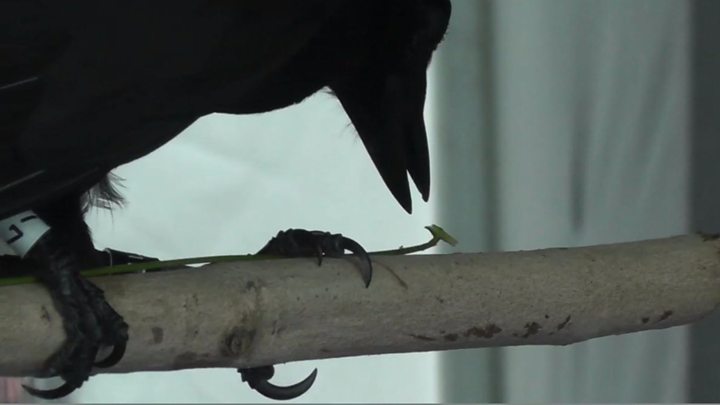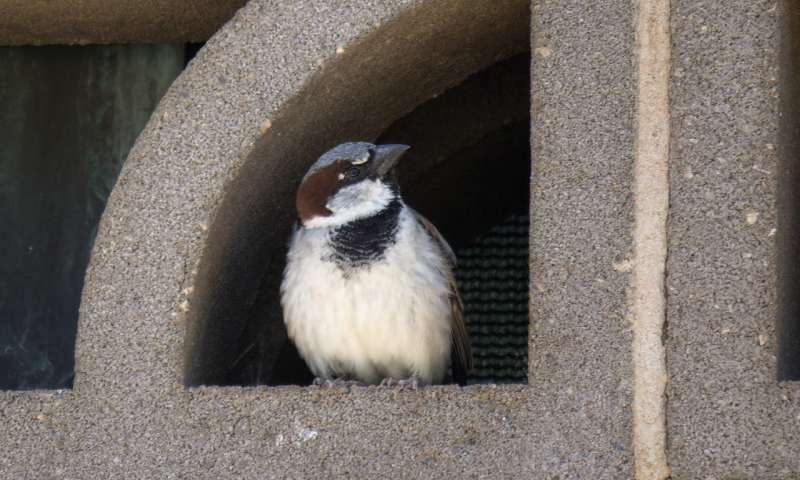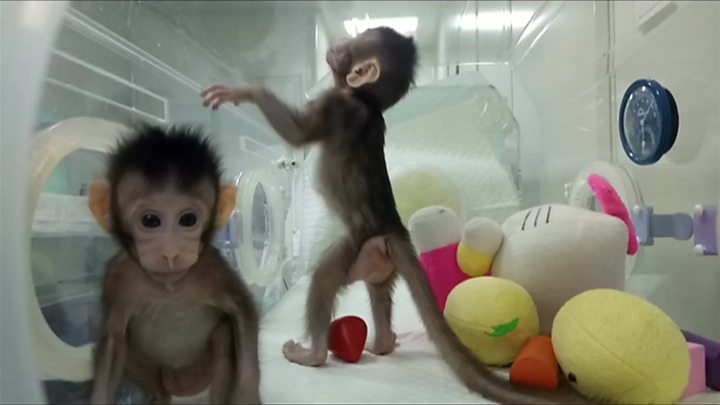Scientists listening out for broadcasts by extra-terrestrials are struggling to get the computer hardware they need, thanks to the crypto-currency mining craze, a radio-astronomer has said. Seti (Search for Extraterrestrial Intelligence) researchers want to expand operations at two observatories. However, they have found that key computer chips are in short supply.
In Antarctic dry valleys, early signs of climate change-induced shifts in soil
In a study spanning two decades, a team of researchers led by Colorado State University found declining numbers of soil fauna, nematodes and other animal species in the McMurdo Dry Valleys, one of the world’s driest and coldest deserts. This discovery is attributed to climate change, which has triggered melting and thawing of ice in this desert since an uncharacteristically warm weather event in 2001.
African deforestation not as great as feared, Yale research shows
The loss of forests in Africa in the past century is substantially less than previously estimated, an analysis of historical records and paleontology evidence by Yale researchers shows.
Previous estimates put deforestation at 35% to 55% on the continent since 1900. The new analysis estimates closed-canopy forests have shrunk by 21.7%, according to findings published Dec. 11 in the journal Nature Ecology and Evolution. However, research also shows that some West and East African forests have been reduced between 80% and 90%.
Increased UV from ozone depletion sterilizes trees
Pine trees become temporarily sterile when exposed to ultraviolet radiation as intense as some scientists believe the Earth experienced 252 million years ago during the planet’s largest mass extinction, lending support to the theory that ozone depletion contributed to the crisis.
American lobsters feeling the heat in the northwest Atlantic
Rising temperatures along the bottom of the Atlantic Ocean will force American lobsters farther offshore and into more northern waters, a new study finds.
Climate models project that ocean bottom temperatures in the Atlantic along the U.S. East Coast may rise by up to 4.3 degrees Celsius (7.7 degrees Fahrenehit) by the end of the century. The new study’s results show these rising temperatures will likely make conditions in the American lobster’s southernmost range—less hospitable in the future for juveniles, pushing them farther north and into habitats farther offshore.
Over 100 endangered turtles hatch in Singapore
Over 100 baby turtles have hatched on a Singapore beach before being released into the sea, authorities said Tuesday, in a boost for the critically endangered creatures. A nest of Hawksbill turtle eggs was discovered in November on Sentosa, a popular resort island south of Singapore’s main island. A barrier was erected to keep the nest safe from predators, and officials carried out regular checks, said Sentosa Development Corporation, which manages the island.
Scientists suggest way to predict the behavior of invasive weeds
Is it possible to predict which nonnative plant species will become invasive weeds and when? According to research featured in the journal Invasive Plant Science and Management, the answer is “hopefully yes.” And those predictions can lead to more effective and cost-efficient weed management.
Researchers say invasive species generally follow a three-phase development curve – from lag to expansion to plateau. The length and rapidity of the expansion phase varies across species and determines how aggressively a plant spreads.
New Caledonian crows show how technology evolves
Tool-making crows have allowed us to see the first foundations of a technological breakthrough. New Caledonian crows spontaneously make hooks out of plant material, using them to “fish” for grubs and spiders. Experiments have now revealed that these hooked tools are 10 times faster at retrieving a snack than the alternative tool – a simple twig.
Warming temperatures may cause birds to shrink
Biologists have known for a long time that animals living in colder climates tend to have larger bodies, supposedly as an adaptation to reduce heat loss. However, understanding how temperature affects animals has gained new importance thanks to climate change. A new study from The Auk: Ornithological Advances uses European House Sparrows, which have spread into a variety of climates in Australia and New Zealand since their introduction in the mid-19th century, to show that this trend in birds might actually be due to the effects of high temperatures during development—raising new alarms about how populations might be affected by global warming.
First monkey clones created in Chinese laboratory
Two monkeys have been cloned using the technique that produced Dolly the sheep.
Identical long-tailed macaques Zhong Zhong and Hua Hua were born several weeks ago at a laboratory in China. Scientists say populations of monkeys that are genetically identical will be useful for research into human diseases. But critics say the work raises ethical concerns by bringing the world closer to human cloning.




